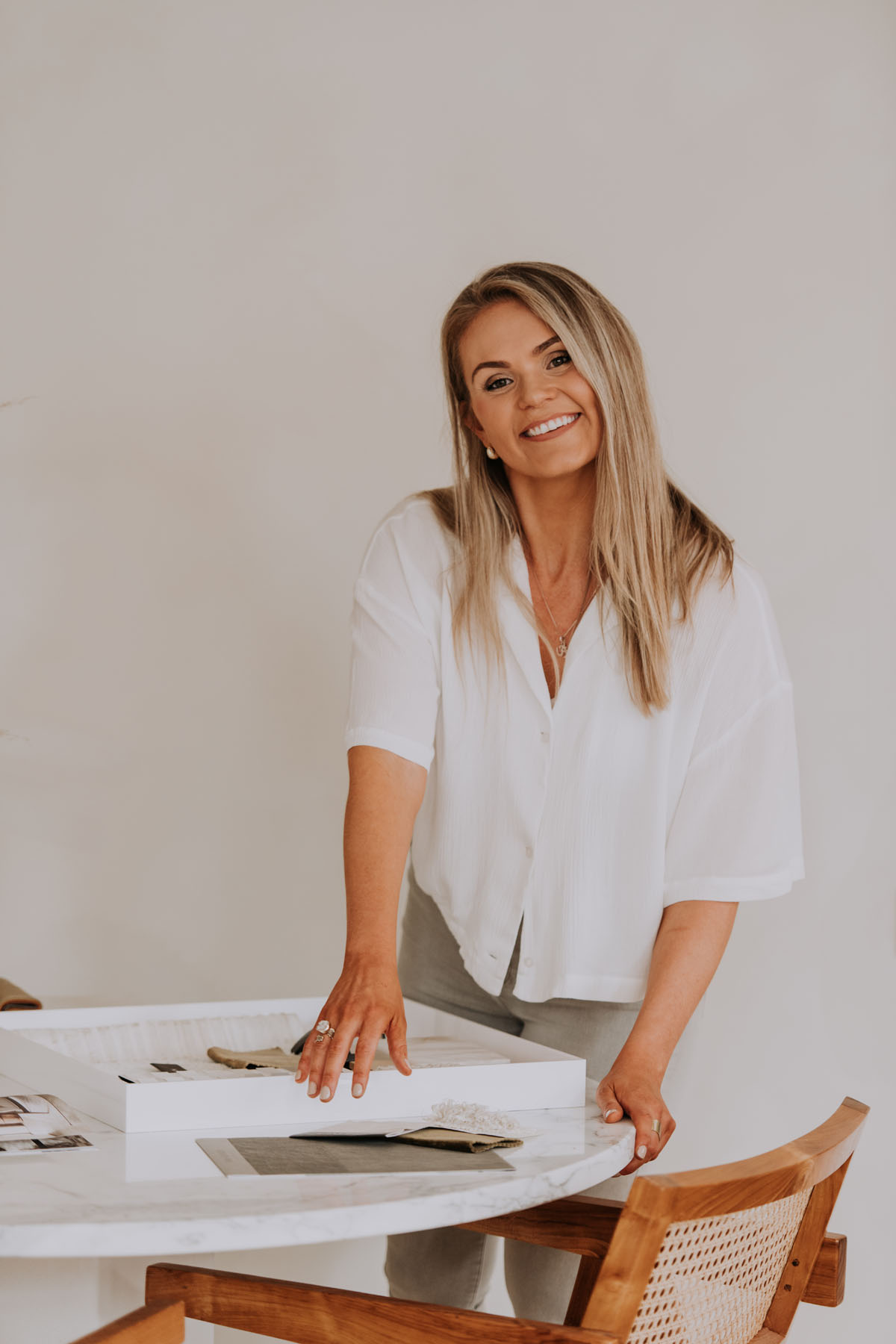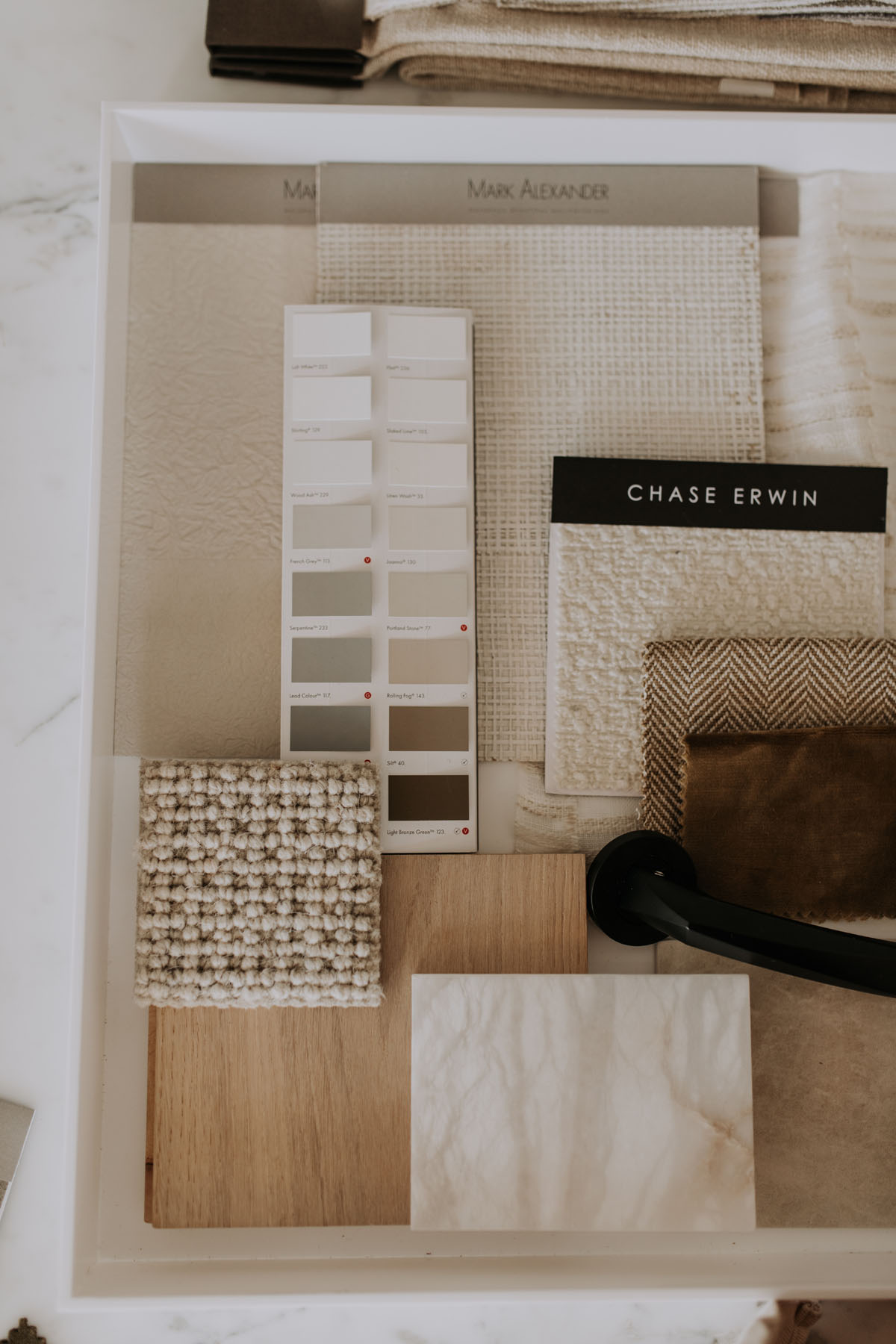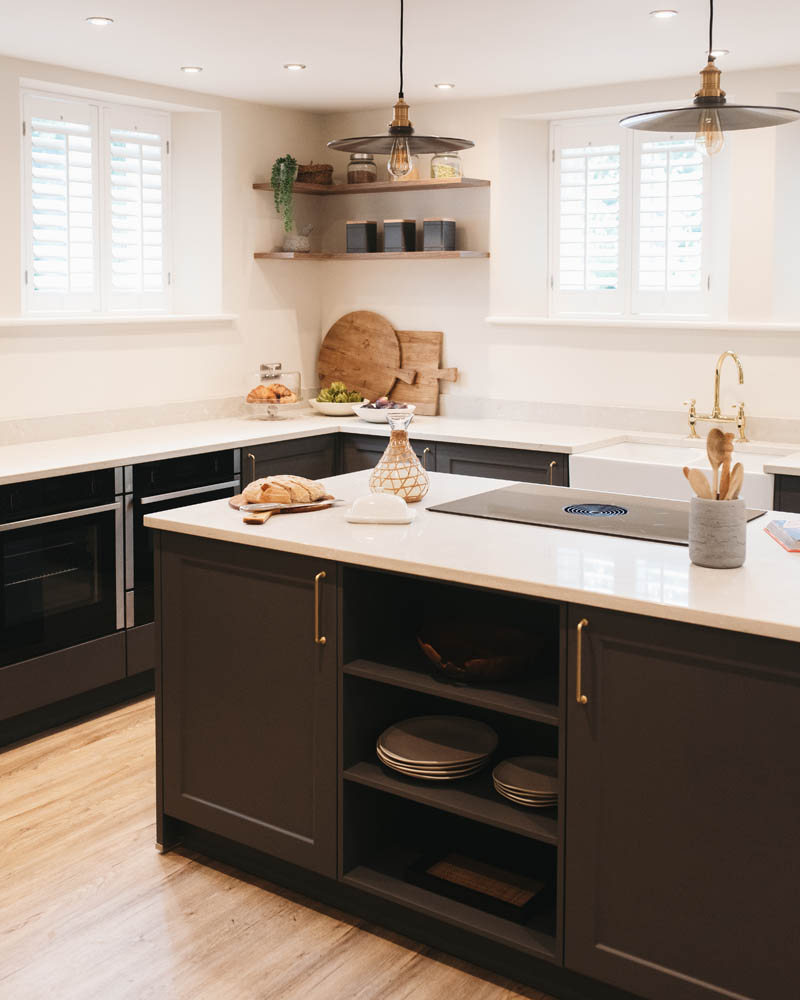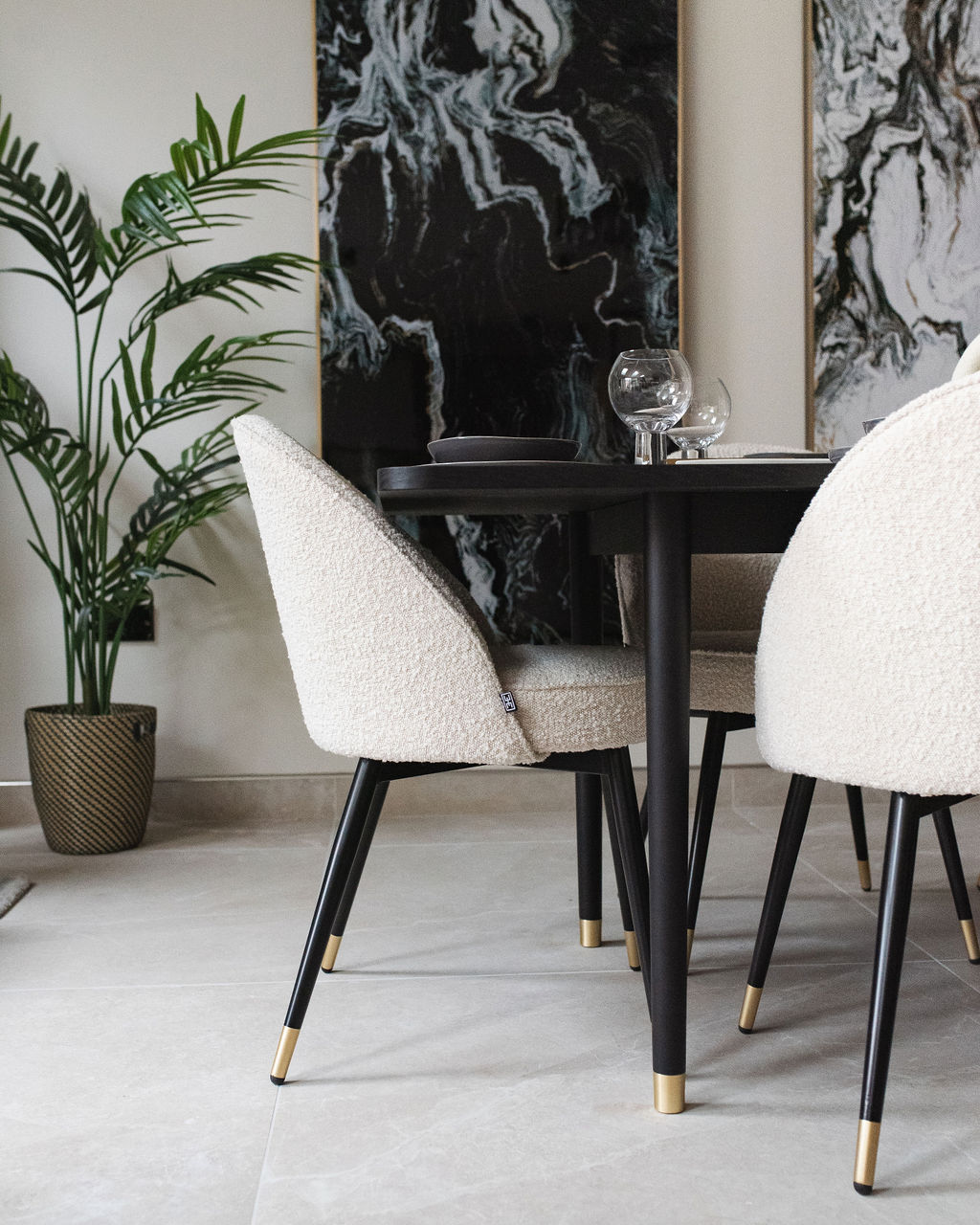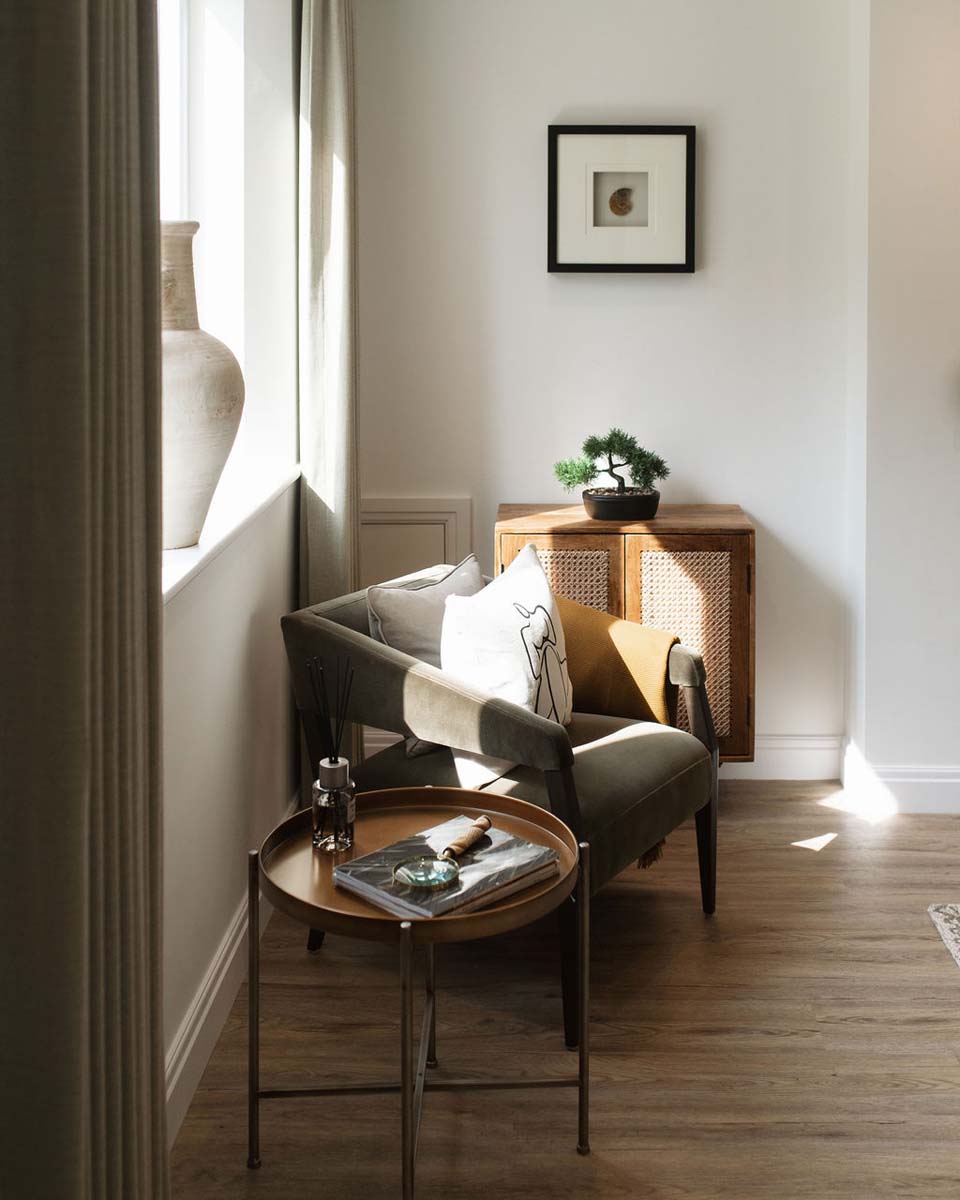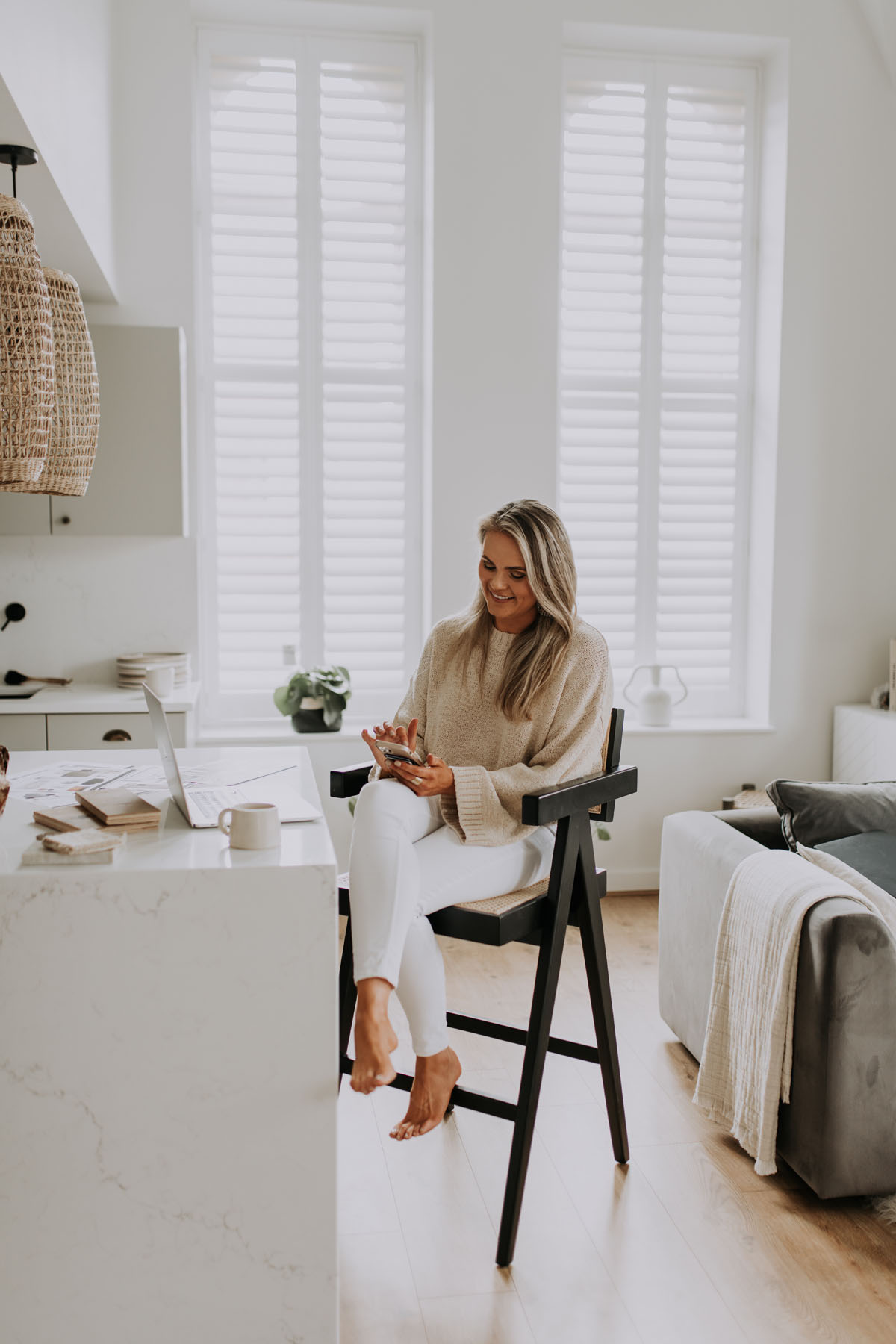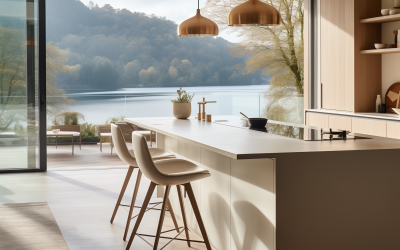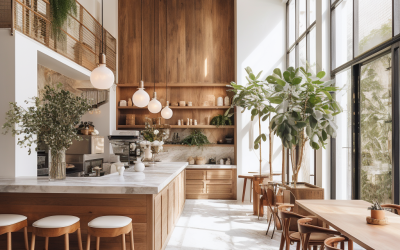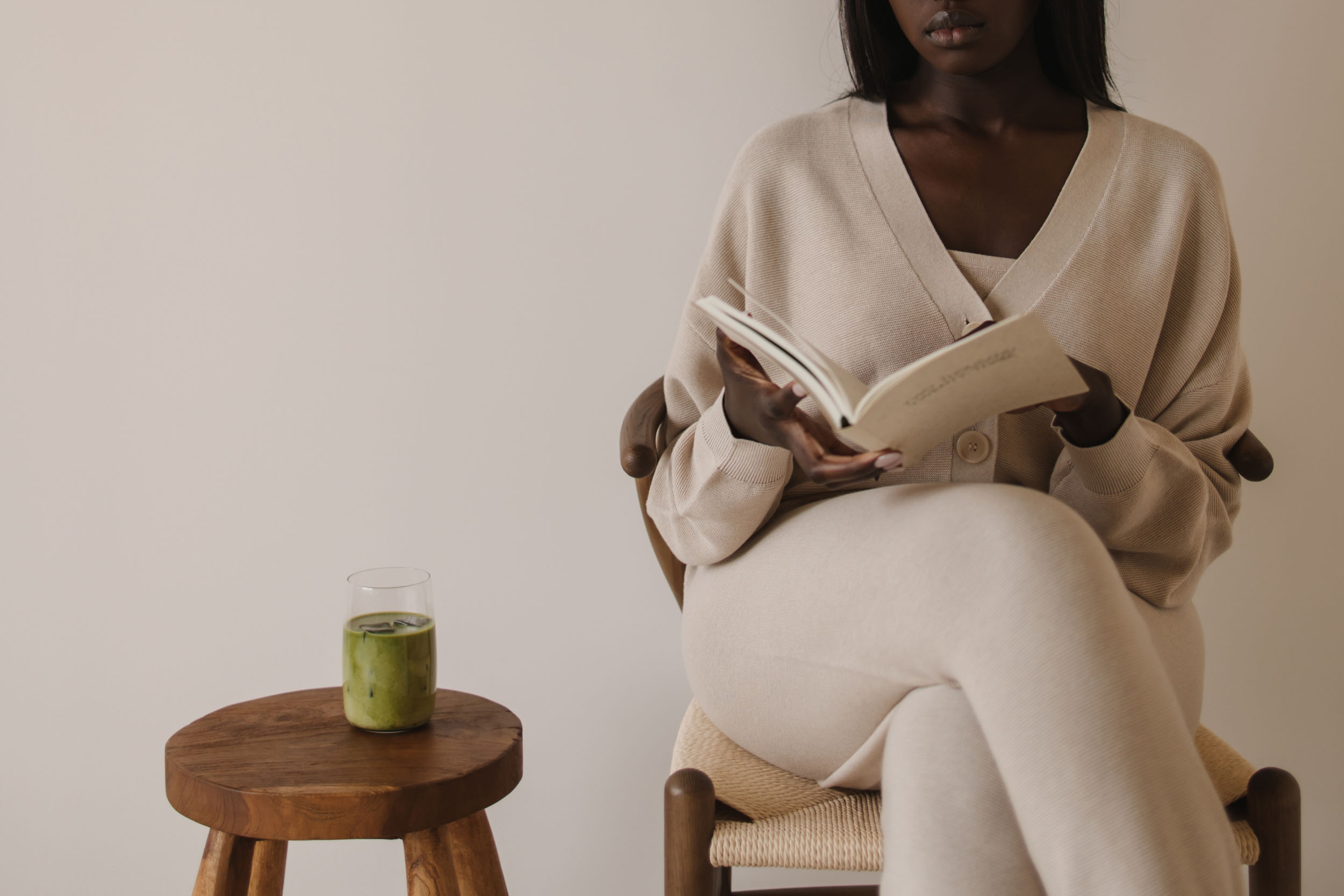

Interior design has an important role to play in relation to health and wellbeing because our physical bodies are greatly influenced by the environments that we inhabit.
The subconscious mind is always picking up environmental cues without our conscious awareness and what it perceives subtly dictates our level of physiological arousal. This is a neural survival mechanism intended to keep us safe from predators.
The evolution of the human brain is slow and has not caught up with our fast paced modern world so our brains still do not know the difference between a stalking sabre-toothed tiger and a garish wallpaper when in our peripheral vision. That is to say, if there’s something distracting in the corner of your eye, your subconscious mind automatically assumes it is dangerous and keeps your nervous system on high alert.
slow living
Slow living is defined as “a mindset whereby you curate a more meaningful and conscious lifestyle that’s in line with what you value most in life.”
This way of living encourages calmness, slowing down and mindfulness. It focuses on doing things better, not faster.
So how is this related to interior design? If your nervous system is unable to regulate itself and you are in “fight or flight” mode (think sabre-tooth tiger alert) then you are not going to be able to relax, take life slow and enjoy the present moment as easily, if at all.
As a holistic interior designer, I encourage my clients to make design choices that create serene, calming and cohesive environments that allow them to establish a new base-level of arousal while at home. This means that they can more easily relax, take things slowly and be present in their day to day life at home. Slow living encourages rest, self-care and balance while the interior design of a home sets the stage for this lifestyle.
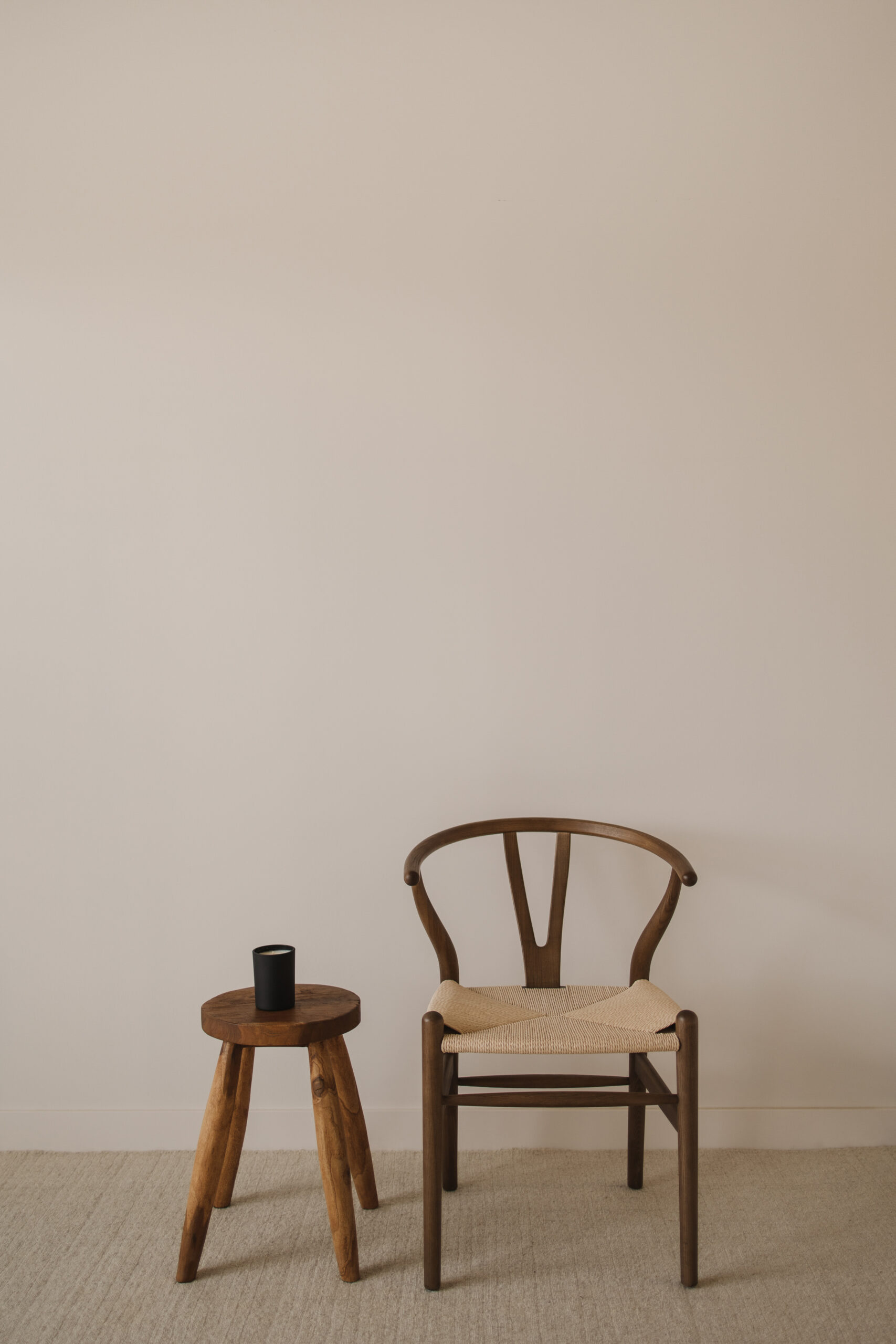

design tips for slow living
With all that said, here are my three tips to create a home interior that can support your well-being and more easily facilitate a slow living lifestyle:
one : paint the walls, ceiling and woodwork all the same colour…
…preferably in a soft warm neutral such as my personal favourite Little Greene, Portland Stone Pale. Doing this allows the eye to take in the space as a whole, rather than as individual components. The result is less energy required by the brain to process your surroundings and more energy to focus on being present and mindful. Not to mention it will make the space feel much bigger.
two : balance aesthetic and functionality.
Take the time to plan the layout of your space so that it functions well and flows with ease. Imagine bumping yourself every time you squeeze past a piece of furniture versus effortlessly gliding through a well spaced room. Good design should go unnoticed i.e. it should function effortlessly and seamlessly, allowing you to use the space uninterrupted by inconvenience.
three : incorporate soft, organic shapes as much as possible.
3. Incorporate soft, organic shapes as much as possible. Clean straight lines, as alluring as they may seem from a design perspective, are not found in nature and do not send calming signals to your nervous system. The brain perceives rounded shapes as less threatening than sharp, straight-edged corners so opting for softer shapes and curvier lines can make the space feel more comforting.
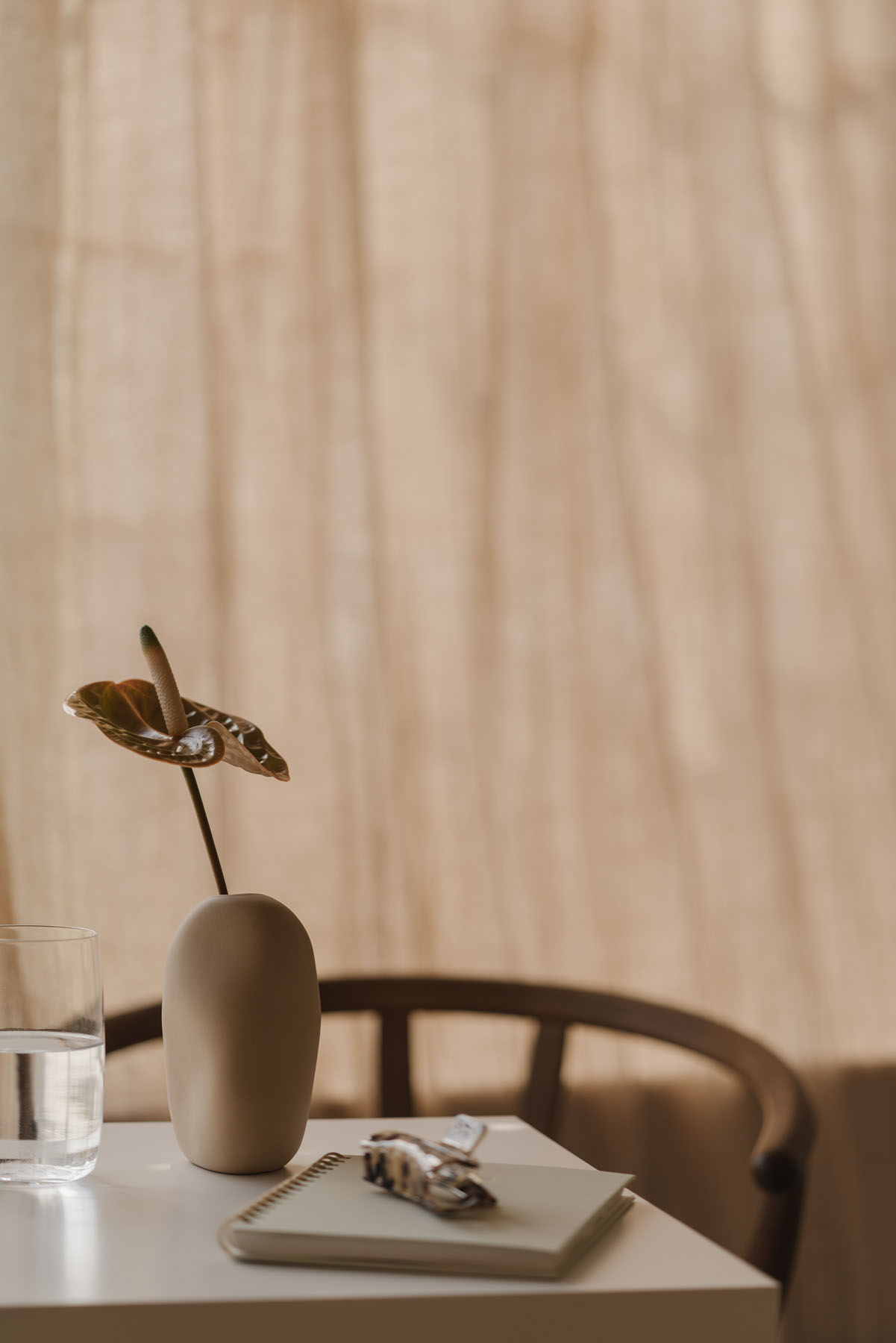

summary
The spaces we occupy have a direct influence on our physiology and in turn affect our health, either positively or negatively. A slower, more considered and mindful lifestyle starts at home and the design choices you make for your interior can set you up for success when considered holistically.
How you live inside your home affects how you live outside of your home. It affects how you show up in your life and the lives of your loved ones; choose wisely.
how i can help…
Through my experiences as yoga teacher and seasoned meditator, I have gained a solid understanding around what it means to be truly mindful and present (even thought it is still heard to apply this consistently in daily life). AS a holistic interior designer I like to fuse interior design and mindfulness together when making my design choices.
My designs consider the impact interior design can have on your well-being and I harness the power of interior design to balance your energy, calm your nervous system and feed your soul.
My passion for health and wellbeing, met with my love of interior design helps me let go of the superficial structures surrounding interior design and really dig deep into how spaces make people feel beyond the aesthetics.
If you are interested in starting a project with a designer who cares about you and meets your needs, let me know!


